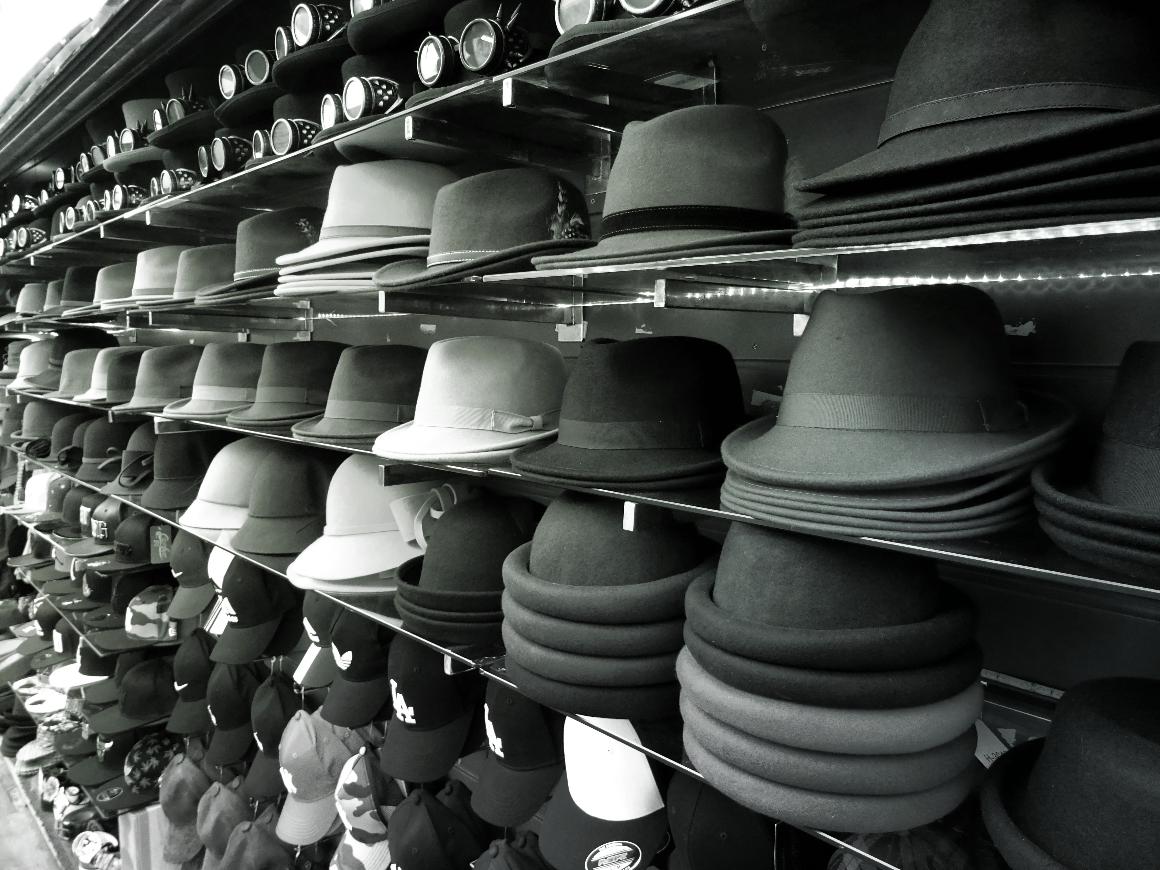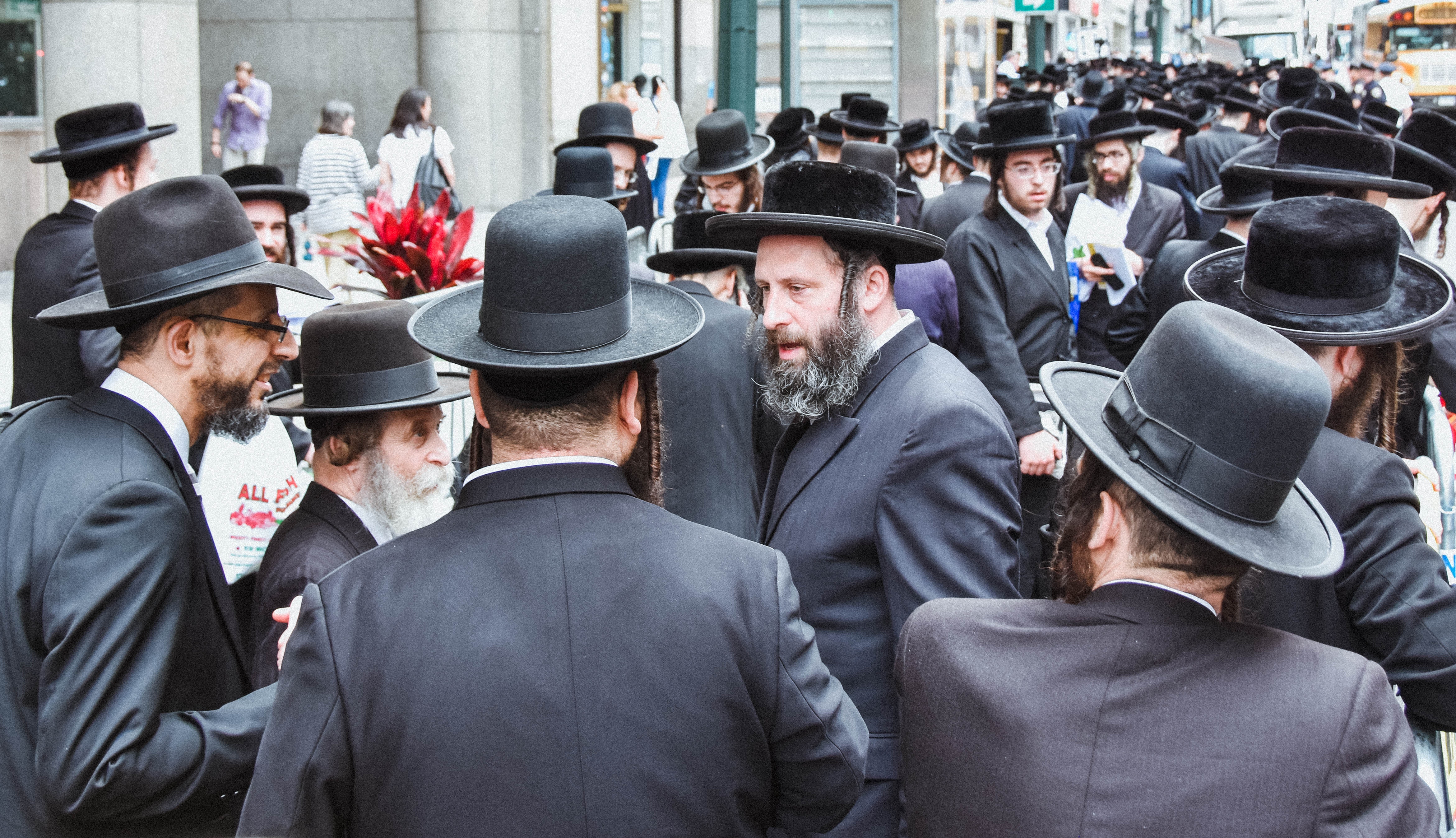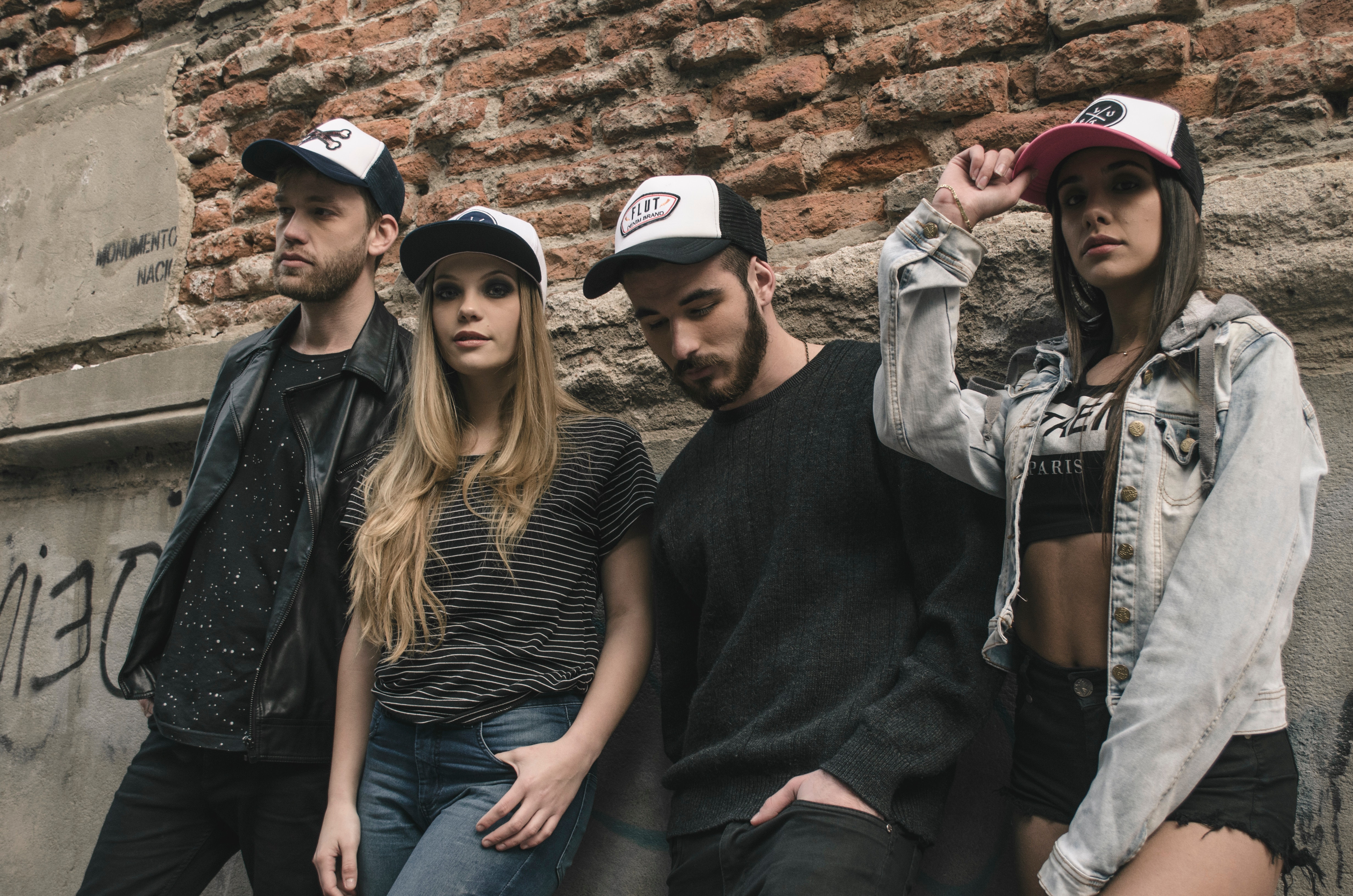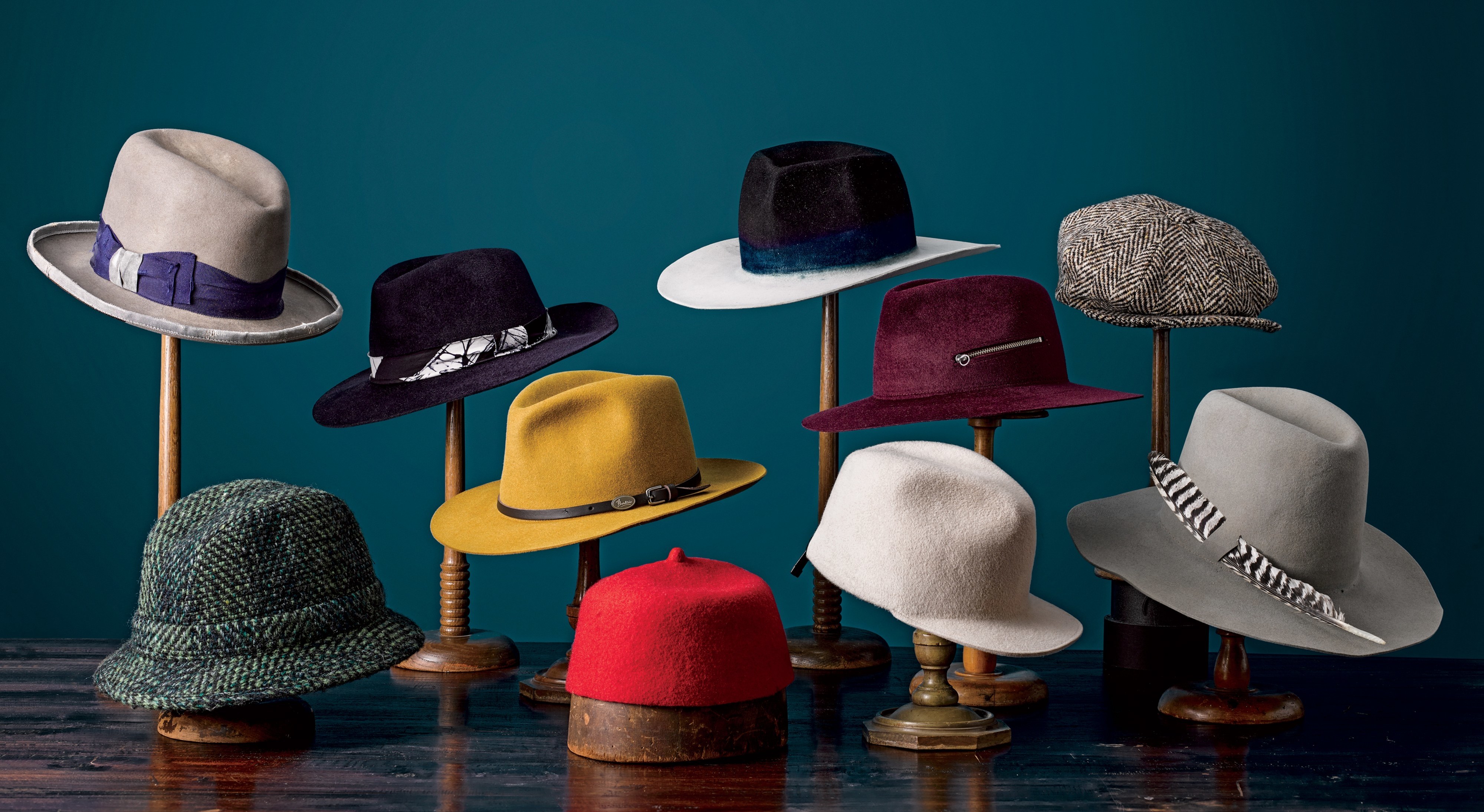
A Brief Journey Through Hat History
At its least complex, a cap is any article of clothing worn on the head, regardless of whether for down to earth purposes or for assurance from sun, climate, or cold. Caps have been utilized from numerous points of view since forever. They have been fancy, used to indicate a particular economic wellbeing, utilized for down to earth purposes, and worn for imaginative reasons. The structures and sorts of caps have had nearly as a lot of difference.
Perhaps the most established sort of caps is the wide-overflowed straw cap. Likely worn to secure against the sun, these can without much of a stretch be developed by weaving straw, or by sewing straw plait in concentric circles. Since straw is promptly accessible in rural zones, the straw cap most likely followed nearly when people began developing grain. It additionally has the upside of being moderately simple to supplant.
The majority of the most punctual caps were likely worn for defensive reasons. Be that as it may, it likewise most likely didn't take well before they got beautifying or emblematic. In old Greece and Rome, the Phrygian top, a sort of pointed, twisted skullcap, was granted to liberated slaves. Crowns, obviously, meant eminence, and specific sorts of caps have frequently been utilized to signify clerics and other church.
Through the greater part of history, caps were either made of hardened texture, felt, cowhide, or straw. In present day times, you can include plastic and other man made materials to this rundown. Cap shapes have likewise changed after some time. From straightforward, hoodlike styles and skullcaps, to the intricate states of the tricorn and top cap, headwear and the manner in which it's built have developed.
When all is said in done, ladies' headgear in the early piece of the Medieval time frame was situated towards humility. It was normal that the hair would be secured by a cover or bandanna. In the late fifteenth century, progressively expound caps started to be seen, and these inevitably turned into the organized ladies' caps of the sixteenth century. Gradually, these caps moved away from the humble perfect and became decorations in their own right. It was as of now that the principal creators of ladies' caps explicitly appeared. The main milliners were traders who imported straw for caps from Milan and different areas. Ladies' cap styles advanced quickly starting here on.
The cap was the pillar of ladies' headwear up until the mid nineteenth century. Around the 1850s, these caps got considered more to be something worn by more seasoned ladies, and different styles got mainstream. These incorporate the modest caps of the 1880s, and the boater of the 1890s, created from sport styles. This last improvement was significant, since it was the first occasion when that ladies' brandishing wear had impacted standard style. Caps of the Edwardian time got gigantic, and now and then brandished entire bloom game plans or winged creatures.

After WWI, the 1920s saw the advancement of the cloche, a little, cap like cap that supplemented the recently mainstream bounce. Millinery kept on growing through the early piece of the century, yet custom caps were before long pushed out by prepared to wear ones during the 1950s. From that point forward, caps for ladies have diminished in fame - they're never again an absolute necessity have thing for each outfit. Caps are currently bound to be worn for unique events or for style proclamations than as a major aspect of regular dress. Notwithstanding, this offers us more alternatives with regards to picking whether to wear a cap, or what style. The start of the 21st century is one of the most adaptable occasions in design history, which means it's simpler to follow your own motivations, particularly with regards to caps.
History of The Top Hat

The primary top cap was thought to have been created in 1760 by a hatter in Florence. The other story was it had been imagined in Canton in around 1775 by a rich Frenchman who enthusiastically conveyed his head-piece back to Paris. In the eighteenth century beaver felt was greatly favored really taking shape of the best top caps. They utilized a procedure called "carotting" where by coarse hairs were culled from the beaver pelt and covered with an answer of mercury nitrate. In this manner the laborers breathed in the exhaust and it gave them mind harm. It was from this, the platitude "as distraught as a hatter" came to fruition.
The Silk Top Hat
In 1797 an individual by the name of John Hetherington, a hatter from Charing Cross showed up in the Strand in what he called a silk top cap, a tall structure having a sparkling radiance produced using a material called hatter's rich. He evidently caused an uproar, was expeditiously captured and fined, the whole, of which was said to have been £500. Silk top caps were delayed to be acknowledged in the early piece of the nineteenth century and it was distinctly in the 1840's and 1850's that silk top caps saw their prime when Prince Albert began wearing his from 1850.
The last consumption of the American beaver in the mid nineteenth century introduced the rule of the silk top cap, making it a design adornment as well as an image of decency.
Silk top caps must be fastidiously kept up as they do right up 'til the present time. The silk extravagant must be brushed at that point buffed with a little velvet cushion called a mouse, which guarantees the brilliance of the silk is kept sparkling. In the mid nineteenth century it was viewed as the standard for spruce youthful courteous fellows to visit their hatter's every day to have their toppers pressed.
Silk Top Hat Styles
The Wellington shape with its sunken sides to the crown were mainstream in the 1820's and 1830's the point at which its bends reverberated the adjusted lapel and pouter pigeon chest of the popular gown coat.
The Cumberland dark silk top caps were tall and narrowing towards the top and looked like the decreased crowns of ladies' caps of the period. An exceptionally short form was worn all through the mid nineteenth century and was related to the yeoman rancher.
The statures and names of silk top caps are to some degree fascinating. They were called round caps, silkers and even toppers, a name despite everything utilized today. There was a John Bull, that stood 5 3/4 inches high, a Stovepipe at 7 inches, a Chimney Pot at 7 1/2 inches and a Kite High Dandy which estimated a huge 7 3/8 inches.
The drama cap, also called the Gibus after its creator, was delivered in 1840. It was made of fine corded silk over a metal system which sprung open at the flick of the wrist, typically worn or conveyed under ones arm when heading off to the show.
They are at times found in old toy confines upper rooms, however one see's them most ordinarily today at Royal Ascot and even in the Royal Enclosure, on the heads of poor unfortunates who truly don't have the foggiest idea about any better.
Another significant piece of the mid nineteenth century was the development of the conformateur, for the made to gauge exchange by a chap called Maillard, of Paris. It was formed like a colossal top cap and was utilized for estimating client's heads, where it mapped the shapes precisely, recording them exactly proportional on a card. A technique that is as yet used right up 'til today at The Top Hat Shop. The silk rich that secured these great examples was delivered in the town of Lille in France, all through the nineteenth and mid twentieth century. Creation stopped when the machines that made the silk extravagant were demolished after a wild contention between the two siblings that claimed them.
The Silk Top Hat in the present society
A vintage dark silk top cap can be seen at the odd wedding, the Queen's Garden Party and at Epsom racecourse on Derby Day. Anyway the most promising event for wearing a silk top cap is at Royal Ascot in the Royal Enclosure, or rather ought to be.
Over late years there have been some horrible sights at the Royal Meeting; sick fitting top caps roosted on the edges of ears and adjusted on the highest points of heads. Show caps and repulsive present day hairy things that take after the fabric of a billiard table. Its an exceptionally poor show that one of the last selective social events ought to be spoilt by the individuals who don't know since they haven't been edified by the individuals who do.
Well known Manufacturers and Suppliers.

A portion of the more well known producers and providers of silk top caps of the day were, Lock and Co, Herbert Johnson, Christys' and Co, Lincoln Bennett, Henry Heath, Dunn and Co, Scott and Co, Battersby and Co, Tress and Co, Woodrow and Sons, Harrods, Gieves and the Jockey Club, and so forth.


